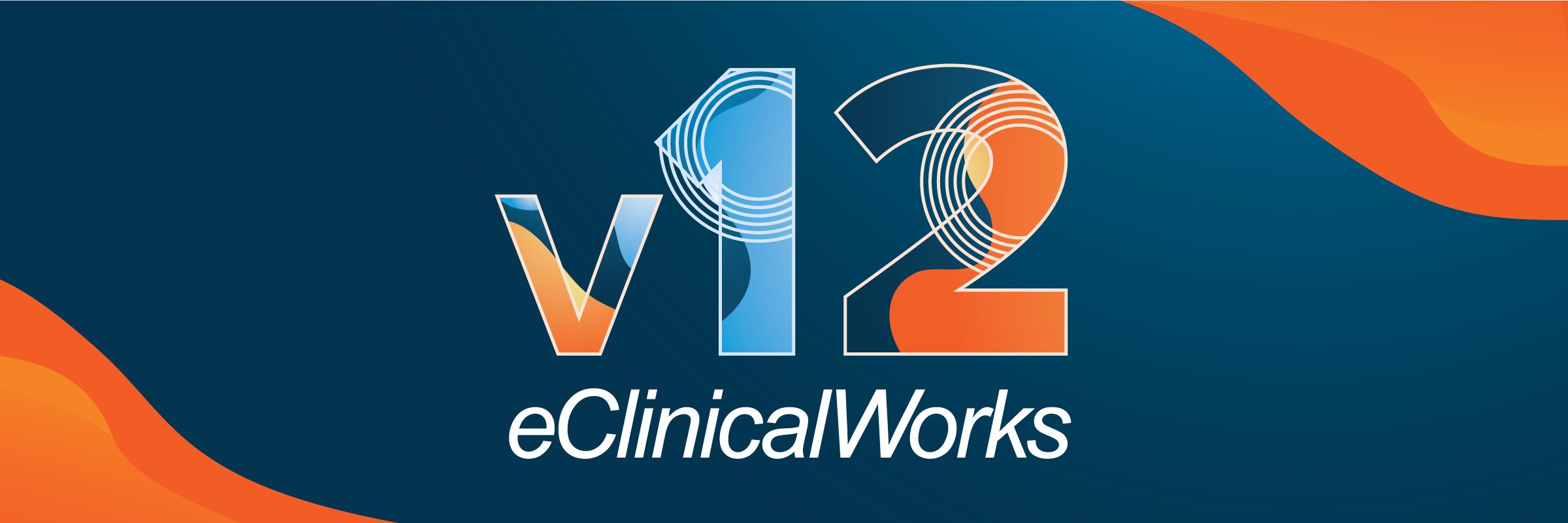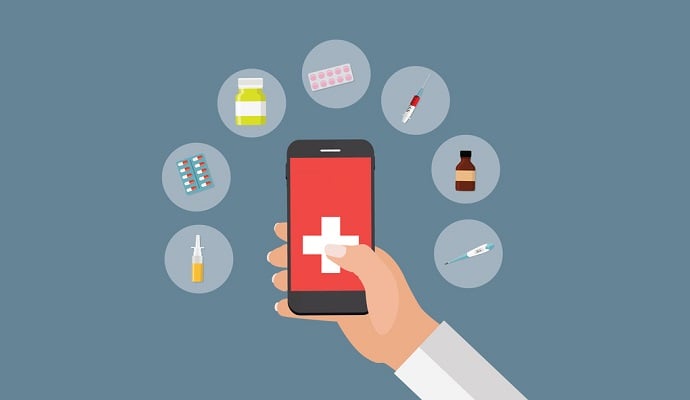An increasing proportion of physician practices, hospitals, and other healthcare businesses have adopted electronic health records (EHRs) to store the health information of their patients and improve efficiency. While some practices still make use of paper, pen, and clipboard, that method of keeping track of patients' health is going away due to the benefits that come with an electronic health records software.
EHRs are a digital collection of a patient's health information that is stored and organized in a useful manner. The digital format makes a patient's medical record easy to share among healthcare providers and easy to transfer to new providers if a patient relocates.
How EHRs Benefit Healthcare ProvidersPediatric healthcare providers that use EHRs benefit in several ways. For one, health data is stored more safely and securely and can't be lost or damaged the way paper records can be. EHRs can also help prevent medical errors, by including functionalities such as dosage calculations for children. EHRs can also alert providers to potentially dangerous drug allergies or drug interactions, and are great for sharing visual diagnostic results like x-rays.
Because more than one person at a time can work within an EHR, there's no hand-off delay. A doctor can review test results at the same time that a nurse enters vital signs and someone in billing is creating an insurance claim. EHRs typically include electronic prescribing capability, which saves everyone time. Finally, EHRs do away with rooms full of filing cabinets, helping practices save on real estate costs.
Finding the Right EMR
While most practices have successfully adopted an EHR, others have struggled to find the right software for their specialty. There are several features that pediatricians need in order to deliver fast and efficient care to children that most EHRs simply don't offer. Order sets, growth charts, and well child visit templates are just a few examples of features that pediatricians need in an EHR.
Most pediatricians will agree that an EMR with templates for asthma, Otitis Media, strep throat and well child visits helps dramatically helps with productivity. Another feature to help with productivity but also with patient care is a Clinical Decision Support System (CDSS). An EMR with an integrated CDSS will help nurses and physicians identify and avoid adverse care events, such as mixing incompatible medications. Pediatricians will also need to choose an EMR with a user friendly patient portal for parents. With the patient portal, parents can access patient education for their children, schedule upcoming appointments, view lab results, and more. Here are a few other features Pediatricians should seek with an EMR:
- Referrals- outgoing referrals ability to track appointments made and consult reports received from specialist
- Growth charts system automatically plots BMI, height, and weight
- Flow sheets- track trends of patients' lab data over a period of time. Ability to create your own.
- Lab Integration
- Vaccine lot tracking- Injection and Immunization inventory control and lot number tracking
A child's medical record is somewhat different from the medical record of adults. For example, a child's medical record contains data elements that address healthcare needs specific to children, particularly children who are enrolled in public programs like the Children's Health Insurance Program (CHIP) or Medicaid. Child-specific data included in children's PHR may include results of prenatal and newborn screening tests, immunization dates, preventative care measures, and growth information.
Additionally, data collected in school-based healthcare settings can be included easily. Large scale collection of clinical and baseline data (scrubbed of identifying information) is expected to result in improved healthcare outcomes for children as data is analysed and interpreted over the long term. The format for children's EHRs was authorized in 2009 by the CHIP Reauthorization Act and developed in collaboration with the Agency for Healthcare Research and Quality (AHRQ) and the Centers for Medicare and Medicaid Studies (CMS).
How EHRs Benefit Parents
With EHRs, parents have better access to their children's medical records. They can access patient education, or look at test results, and in many cases, they can do so through an online portal rather than by requesting copies of records. Parent access to children's EHRs is particularly helpful when children have chronic conditions or have to receive care at multiple facilities. And if the family relocates, EHRs are far easier to transfer to a new physician than paper records were.
Ultimately, EHRs should help children stay healthier by reducing medical errors, making authorized data sharing easier, and allowing parents to have better access to their children's medical records.







